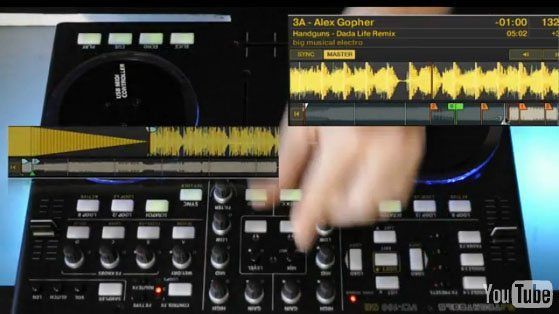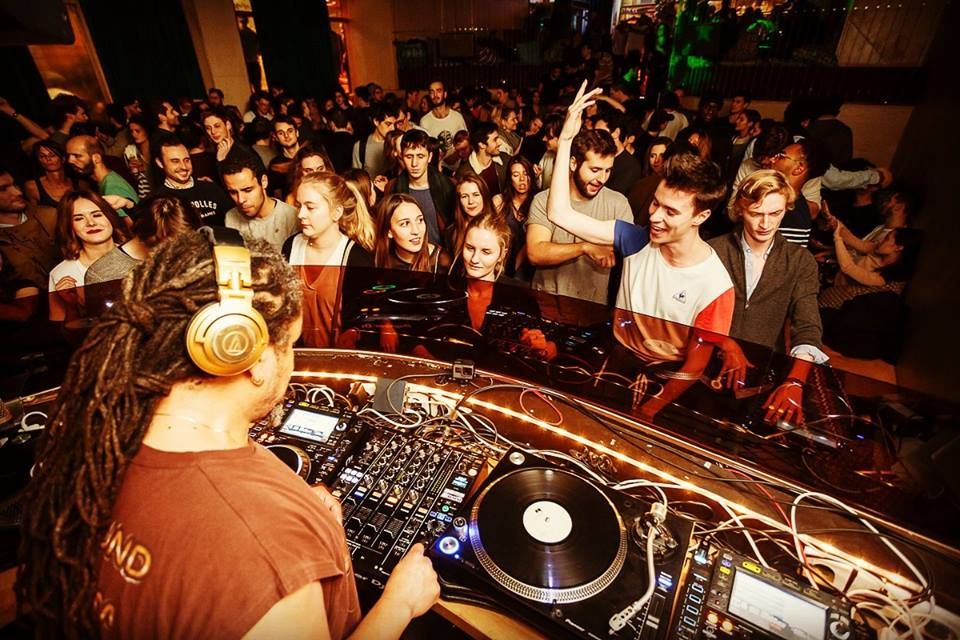There are at least a dozen ways to blend from one track to the other and we still use just a few in our sets. To arm you with a few more mix techniques and explain some basic mixing to the new guys, we are doing a series of videos on various ways to mix the same 2 songs. In this first video I mix the following tracks in 5 different ways:
Alex Gopher- HandGuns (DadaLife Remix) (Website)
Cassius – Youth, Speed, Trouble, Cigarettes (Website)
…with a VCI-100 and a now-outdated version of Traktor.
We carry the latest and greatest versions of both in our store:
VCI-400 Ean Golden Edition & Traktor 2 (free with an Audio 2)









